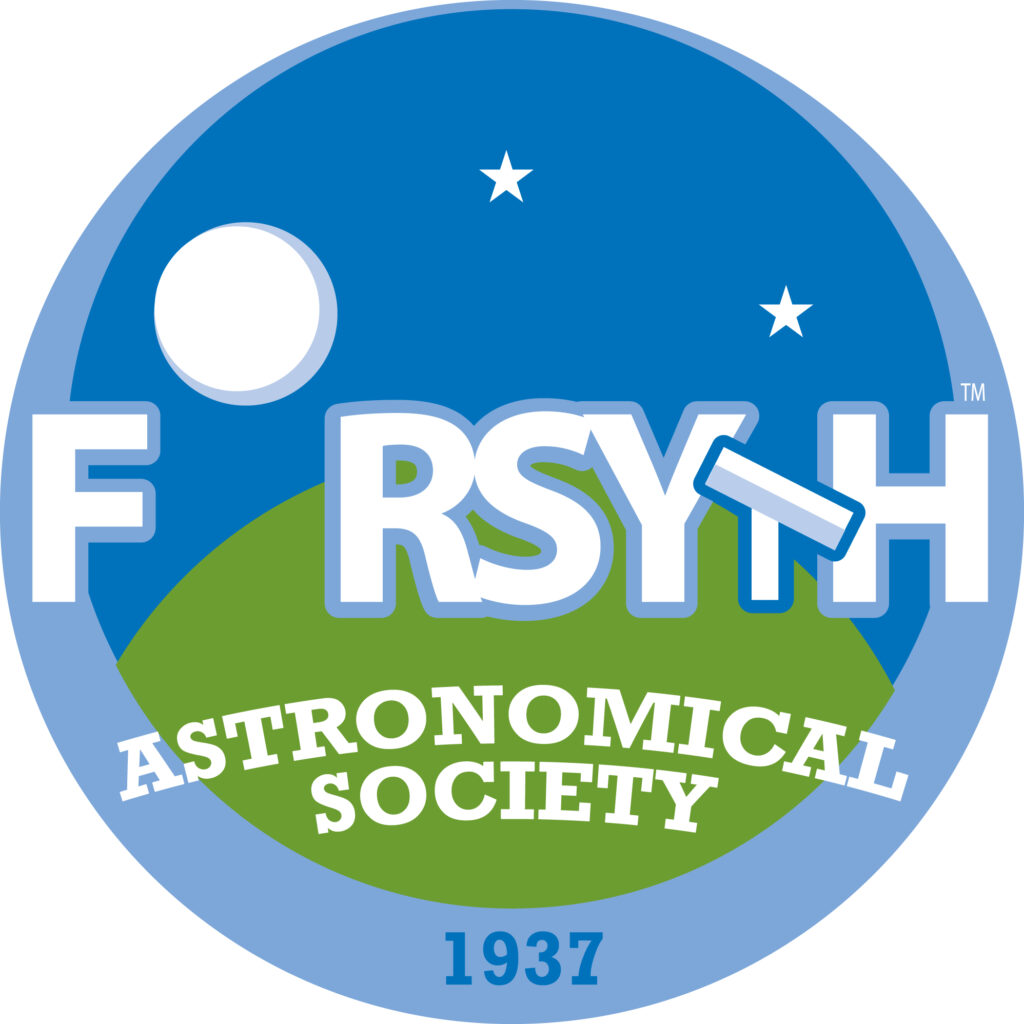








Astronomy is a great hobby. However, in most cases, you must do it at night, away from the city lights, when it is dark, sometimes cold, and the dew starts to condense on your telescope.
There is another side to all this, and astronomy can be done in the daytime when the Sun is out! It’s called solar observing. We have a star only 93 million miles away and it’s visible through even small telescopes – provided you follow proper safety guidelines.
Never look at the Sun without proper full aperture solar filters. Do NOT use an eye piece filter! For more information, click on the button to the right.
You can use those eclipse glasses that are left over from the recent eclipses. However, you won’t see much detail. It’s better to use a telescope with a proper solar filter. There are two ways to approach this.
- Use a full aperture solar filter.
- Use a “Hydrogen Alpha” solar telescope.
Full Aperture Solar Filters
Full aperture solar filters come in all sizes and fit almost any telescope.
The trick is to measure the outside diameter of your telescope tube. Then find a filter that is slightly larger, so that it will fit snugly over the front of the tube.
In the past, these filters were made of glass. Today, they come with a sheet of silver-black polymer or a similar material that blocks around 99.99% of the Sun’s light.
You will see a yellowish-orange image in all visible wavelengths, but with a much lower intensity. These filters provide a nice view of sunspots, but not solar prominences.


Hydrogen Alpha Telescopes
Hydrogen alpha telescopes are designed only for solar observing. You can’t use them at night for your evening tour of the sky. They filter out all light except the Hydrogen alpha wavelength (656 nm wavelength).
They provide a more realistic (reddish) view of the Sun’s surface including solar prominences.


You can also use a Calcium-Potassium (CaK) module, which filters out everything but a bluish (393 nm) wavelength. However, this option is usually reserved for photographic imaging the Sun.
We have some information about Suppliers of Telescopes and Accessories.
Find out about taking care of and cleaning your telescope and optics here:
A Few References
- “Solar Viewing.” Cloud Break Optics.
- Thousand Oak Optical Solar Filters.
- “Solar Telescopes.” Meade Instruments.
- Lunt Solar Systems.
- DayStar Filters.
- Bob King. “Observers Guide to the H-Alpha Sun.” Sky and Telescope. September 23, 2015.


You must be logged in to post a comment.